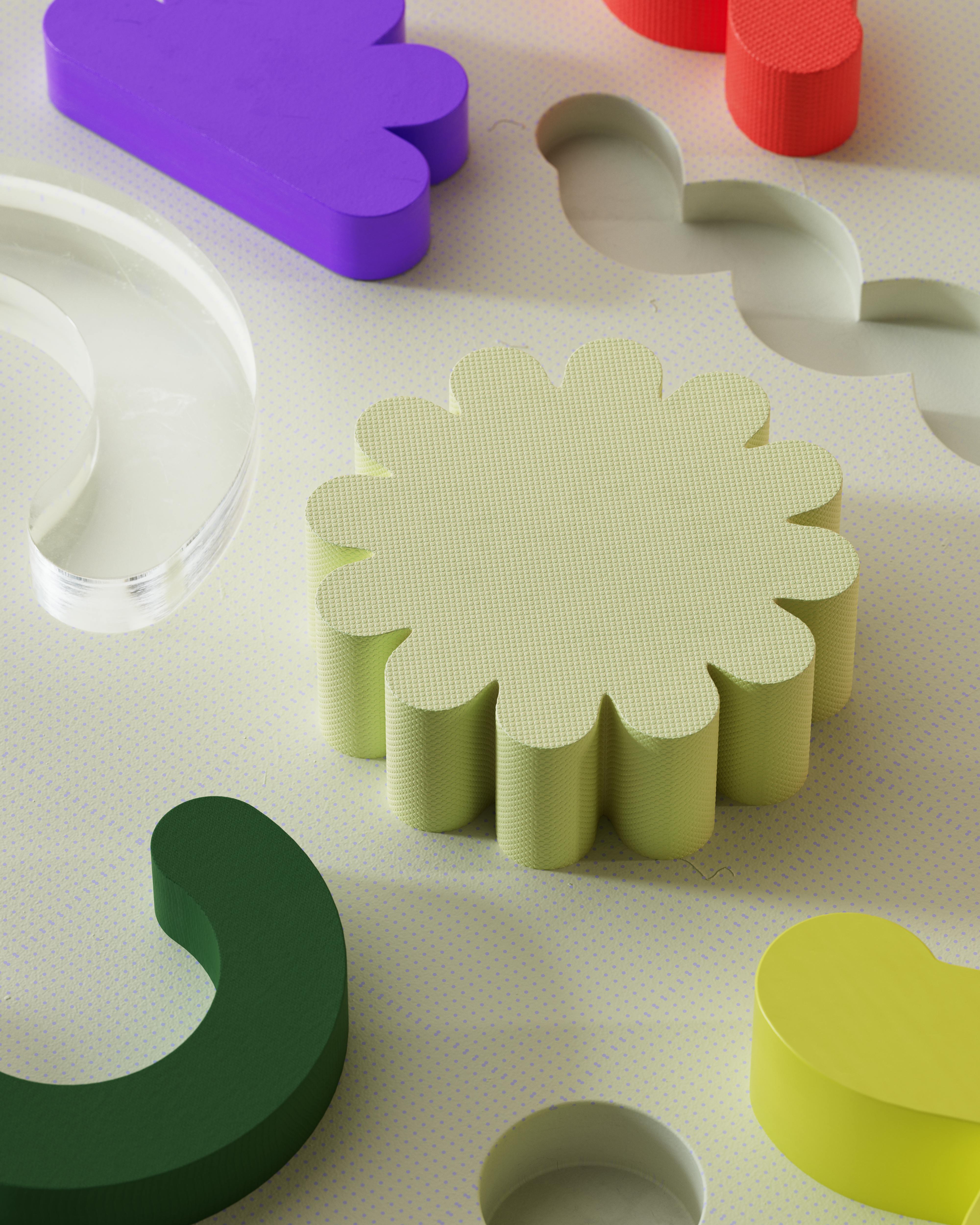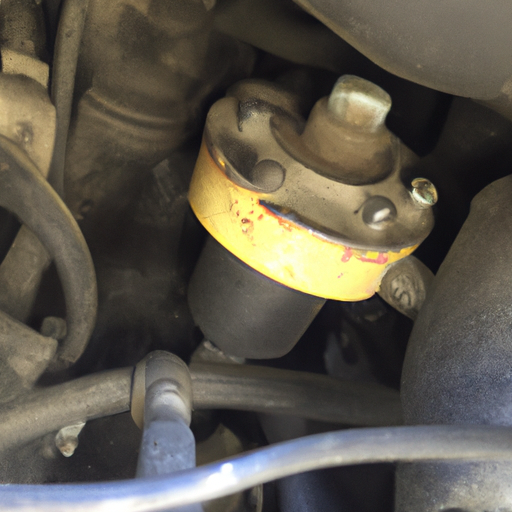In your Jeep JK, you may encounter some issues with the vacuum pump system. From malfunctioning pumps to unexpected noises, these problems can be frustrating and impact the overall performance of your vehicle. In this article, we will discuss the common vacuum pump problems that JK owners experience, and provide some helpful tips on how to identify and fix them. So, if you’re a Jeep JK owner facing vacuum pump woes, keep reading to find the solutions you need.
Common Symptoms of Jeep JK Vacuum Pump Problems
If you’re experiencing issues with your Jeep JK’s vacuum pump, there are several common symptoms to watch out for. These symptoms may indicate a problem with the vacuum pump and should be addressed promptly to ensure your vehicle’s safety and performance.
Loss of power brakes: One of the primary symptoms of a failing vacuum pump is a loss of power brakes. You may notice that it takes more effort to bring your vehicle to a stop, and the brake pedal feels less responsive.
Illuminated dashboard warning lights: Another telltale sign of vacuum pump problems is the illumination of dashboard warning lights. These lights may include the ABS (Anti-lock Braking System) light, the Check Engine light, or other warning indicators. These lights are triggered by the vacuum pump’s malfunctioning and should not be ignored.
ABS system malfunctions: A faulty vacuum pump can also cause issues with the ABS system. The ABS warning light may turn on, and you may experience difficulty in braking, especially during emergency stops or slippery road conditions.
Difficulty maintaining idle: Vacuum pump problems can also affect the engine’s ability to maintain a steady idle. You may notice that the engine idles roughly or stalls intermittently. This can be inconvenient and potentially dangerous, especially in traffic situations.
Unusual noises from the vacuum pump: Any unusual noises coming from the vacuum pump area should be taken seriously. Squealing, grinding, or whining sounds may indicate a mechanical issue with the pump and should be inspected by a professional.
Causes of Jeep JK Vacuum Pump Problems
Understanding the causes of vacuum pump problems in your Jeep JK can help you prevent future issues. Here are some common causes of vacuum pump problems to consider:
Damaged or worn-out vacuum pump: Over time, the vacuum pump can become damaged or worn-out due to constant use and exposure to the elements. This can lead to a loss of vacuum pressure, affecting the overall performance of your vehicle’s systems.
Leaking vacuum lines: The vacuum lines that connect the vacuum pump to various components can develop cracks or leaks over time. These leaks can compromise the vacuum pressure, resulting in reduced braking performance and other system malfunctions.
Faulty vacuum pump relay: The vacuum pump relay controls the operation of the vacuum pump. A faulty relay can prevent the pump from functioning properly, leading to vacuum pump problems.
Electrical issues: Electrical problems in the vacuum pump system can also cause issues. These issues can range from a loose connection to a malfunctioning sensor or circuitry. Electrical problems should be diagnosed and repaired by a professional to ensure the safety and integrity of the system.
Contamination in the vacuum system: Contaminants, such as dirt, debris, or moisture, can enter the vacuum system and cause blockages or damage to the pump. Regular maintenance and cleaning of the vacuum system can help prevent these issues.

Effects of Jeep JK Vacuum Pump Problems
If left unaddressed, Jeep JK vacuum pump problems can have several effects on your vehicle’s performance and safety. It’s essential to understand these effects to prioritize repairs and prevent further damage. Here are some potential effects of vacuum pump problems:
Compromised braking performance: The loss of vacuum pressure due to pump problems can significantly impact your Jeep JK’s braking performance. This can result in longer braking distances and reduced control, increasing the risk of accidents.
Reduced fuel efficiency: Vacuum pump problems can also affect your Jeep JK’s fuel efficiency. A loss of vacuum pressure means that your engine has to work harder to compensate, leading to increased fuel consumption.
Potential damage to other components: A failing vacuum pump can put additional strain on other components in the vacuum system. This increased strain can lead to premature wear and potential damage to these components.
Increased risk of accidents: The combination of compromised braking performance, reduced control, and impaired ABS system can significantly increase the risk of accidents. It’s crucial to address vacuum pump problems promptly to ensure your safety and the safety of others on the road.
Troubleshooting Jeep JK Vacuum Pump Problems
If you suspect vacuum pump problems in your Jeep JK, there are several troubleshooting steps you can take to identify and address the issue. Here are some recommended troubleshooting steps:
Check for vacuum leaks: Start by inspecting the vacuum lines for any visible cracks or leaks. These leaks can be identified by the hissing sound or by using a vacuum gauge. Replace any damaged lines promptly.
Inspect the vacuum pump for damage or wear: Carefully examine the vacuum pump for any signs of damage or wear. Look for oil leaks, loose connections, or grinding noises. If you notice any issues, consider replacing the pump.
Test the vacuum pump relay: Use a multimeter to test the vacuum pump relay for proper functioning. If the relay is faulty, replace it with a new one to ensure the vacuum pump operates correctly.
Use diagnostic tools to identify electrical issues: If you suspect electrical problems, it’s best to consult a professional who can use diagnostic tools to identify the specific issues in the vacuum system’s electrical circuitry. They can then repair or replace the faulty components as needed.
Flush and clean the vacuum system: Regularly flush and clean the vacuum system to remove any contaminants that may be causing blockages or damage to the vacuum pump. This preventive maintenance step can help prolong the life of your vacuum pump.

Preventative Maintenance for Jeep JK Vacuum Pump
To prevent vacuum pump problems in your Jeep JK, it’s important to incorporate regular maintenance into your routine. Here are some preventative maintenance tips for your vacuum pump:
Regularly inspect and replace worn-out vacuum pump components: Check the condition of the vacuum pump and its components during routine inspections. If you notice any signs of wear or damage, such as oil leaks or unusual noises, consider replacing the affected parts.
Periodically check vacuum lines for leaks: Routinely inspect the vacuum lines for cracks, leaks, or loose connections. Replace any damaged lines promptly to maintain optimal vacuum pressure.
Keep the vacuum pump and surrounding area clean: Ensure that the vacuum pump and its surrounding area are kept clean from dirt, debris, and moisture. Regularly clean the pump and its housing to prevent contamination and potential damage.
Ensure proper electrical connections: Check the electrical connections in the vacuum pump system to ensure they are secure and free from corrosion. Loose or corroded connections can lead to electrical issues and pump malfunctions.
Follow the manufacturer’s maintenance schedule: Consult your Jeep JK’s owner’s manual for the recommended maintenance schedule for the vacuum pump system. Adhering to this schedule will help prevent potential issues and ensure the longevity of your vacuum pump.
Replacing the Jeep JK Vacuum Pump
If your Jeep JK’s vacuum pump requires replacement, here is a step-by-step guide to help you through the process:
Gather necessary tools and parts: Before starting the replacement process, ensure you have all the necessary tools and a new vacuum pump that is compatible with your Jeep JK.
Disconnect the negative battery terminal: Begin by disconnecting the negative battery terminal to ensure your safety and prevent any electrical issues during the replacement process.
Locate and remove the faulty vacuum pump: Locate the vacuum pump in your Jeep JK’s engine bay. It is typically located near the power brake booster. Remove any necessary components or fasteners to access the pump. Carefully disconnect any electrical connectors or vacuum lines connected to the pump. Keep track of any small parts or hardware that may need to be reinstalled.
Install the new vacuum pump: Install the new vacuum pump in the same location as the old one. Make sure all electrical connectors and vacuum lines are properly connected. Reinstall any components or fasteners that were removed during the removal process.
Reconnect the battery and test for proper functioning: Once the new vacuum pump is installed, reconnect the negative battery terminal. Start the engine and test the vacuum pump for proper functioning. Listen for any unusual noises and check for any leaks. Remember to follow the manufacturer’s instructions for priming or bleeding the vacuum system, if necessary.

Cost of Repairing Jeep JK Vacuum Pump Problems
The cost of repairing Jeep JK vacuum pump problems can vary depending on several factors, including the extent of the issue and whether you choose to replace the pump yourself or seek professional help. Here are some costs to consider:
Cost of a replacement vacuum pump: The cost of a new vacuum pump can range from $100 to $300, depending on the brand and quality.
Labor costs for installation: If you choose to have a professional mechanic replace the vacuum pump, labor costs can range from $100 to $200, depending on your location and the shop’s rates.
Additional costs for diagnosing electrical issues or leaks: If the vacuum pump problem is not straightforward and requires additional diagnosis or repair of electrical issues or leaks in the vacuum system, these costs can add to the overall repair expenses.
Potential warranty coverage: If your Jeep JK is still under warranty, some or all of the repair costs may be covered, depending on the warranty terms and conditions. Check with your vehicle’s warranty provider to understand your coverage.
DIY vs. Professional Repair for Jeep JK Vacuum Pump Problems
Deciding whether to attempt a DIY repair or seek professional help for Jeep JK vacuum pump problems depends on several factors. Here are some considerations to help you make an informed decision:
Factors to consider for DIY repair:
- Your mechanical aptitude and experience with vehicle repairs.
- Availability of necessary tools and equipment.
- Access to reliable repair information and guidance.
- Confidence in diagnosing and addressing the specific vacuum pump problem.
When to seek professional help:
- Lack of experience or confidence in DIY repairs.
- Inability to access the necessary tools or equipment.
- Limited time availability to dedicate to the repair.
- Complexity of the vacuum pump problem, such as electrical issues or multiple component failures.
Pros and cons of DIY repair:
- Pros: Potential cost savings, learning experience, and satisfaction of fixing the issue yourself.
- Cons: Risk of causing further damage if not done correctly, potential safety concerns, and limited warranty coverage for self-repairs.
Benefits of professional repair:
- Expertise and experience of trained mechanics.
- Access to specialized tools and diagnostic equipment.
- Assurance of proper repair and reliable performance.
- Potential warranty coverage for parts and labor.

Recall and Technical Service Bulletins Related to Jeep JK Vacuum Pump Problems
It’s important to stay informed about any official recalls or technical service bulletins (TSBs) related to Jeep JK vacuum pump problems. Here is an overview of what you should know:
Overview of any official recalls: To determine if there are any official recalls related to your Jeep JK’s vacuum pump problems, check with the manufacturer or visit their official website. Recalls typically involve free repairs or replacement of affected components by authorized dealers.
Summary of relevant technical service bulletins from Jeep: Technical service bulletins are issued by manufacturers to address common issues or provide guidance for repairs. Check Jeep’s official website or contact a Jeep dealership to inquire about any relevant TSBs.
Steps to take if your vehicle is affected: If your vehicle is affected by a recall or covered under a TSB, contact your nearest Jeep dealership to schedule an appointment for the necessary repairs or inspections. The dealership will have the necessary information and guidance to address the specific issue.
Frequently Asked Questions (FAQs) About Jeep JK Vacuum Pump Problems
Here are answers to some frequently asked questions about Jeep JK vacuum pump problems:
What are the warning signs of a failing vacuum pump? Warning signs of a failing vacuum pump can include loss of power brakes, illuminated dashboard warning lights, ABS system malfunctions, difficulty maintaining idle, and unusual noises from the vacuum pump.
How long does a vacuum pump typically last? The lifespan of a vacuum pump can vary depending on usage, maintenance, and driving conditions. On average, a vacuum pump can last between 60,000 to 100,000 miles. However, regular maintenance and prompt repairs can help prolong its lifespan.
Are Jeep JK vacuum pump problems common? Vacuum pump problems in Jeep JK vehicles are relatively common, especially in older models or vehicles that have been subjected to harsh driving conditions. Regular maintenance and inspections can help detect and address these problems early on.
Can I drive my vehicle with a faulty vacuum pump? It is not recommended to drive your vehicle with a faulty vacuum pump, especially if you are experiencing significant braking issues. A loss of vacuum pressure can compromise your vehicle’s braking performance and increase the risk of accidents. It’s best to have the vacuum pump inspected and repaired as soon as possible.

